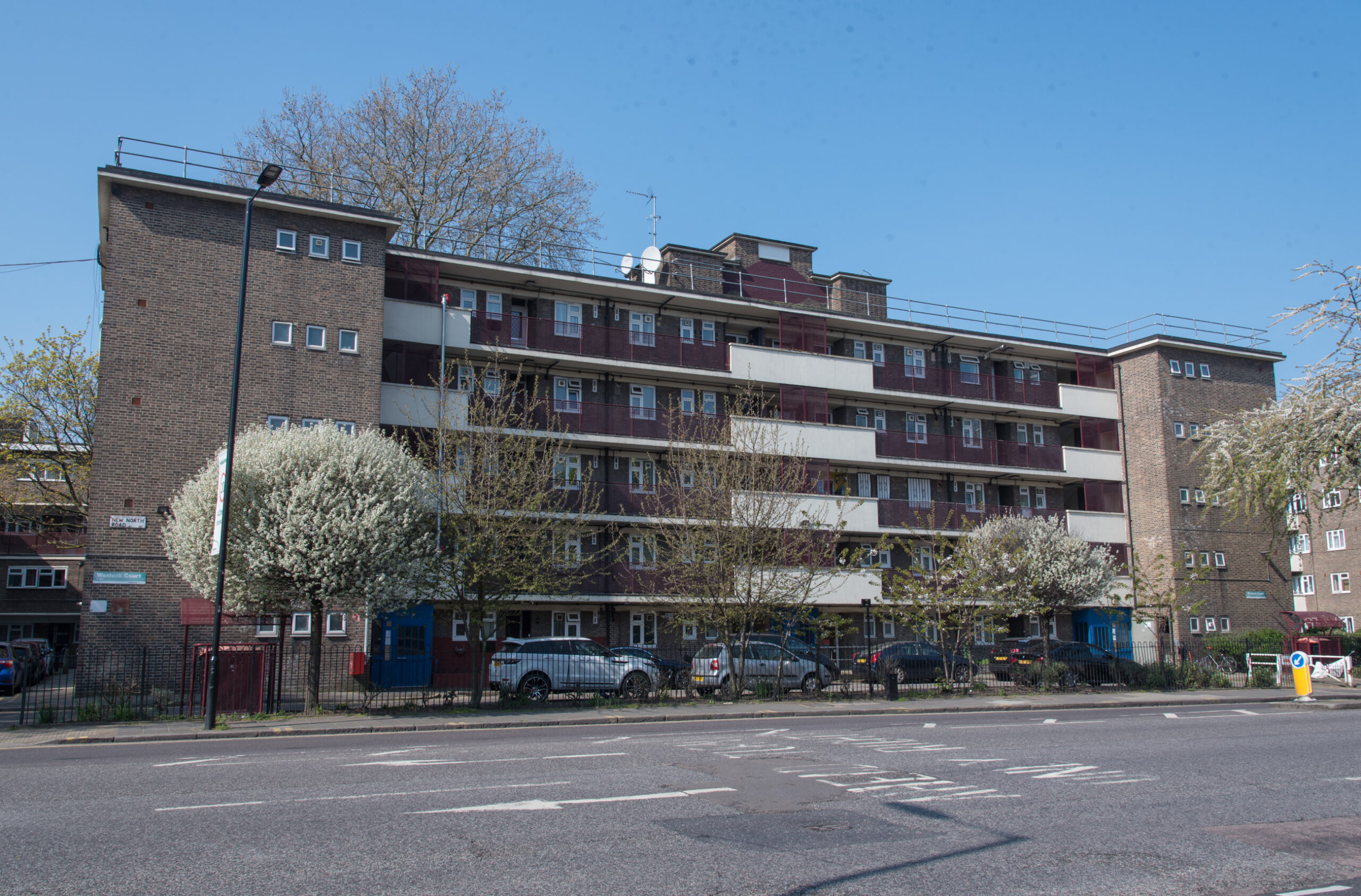On top of the policies that have come out of Communities and Local Government department since the Election, which are bad enough, many people in the housing and local government world have been infuriated by the style of political argument adopted by Eric Pickles and Grant Shapps. It all seems so unpleasant.
Anybody with a contrary view is rubbished and serious debate about the huge and sweeping cuts to frontline services is reduced to a few soundbites about the salaries of some senior officers or a couple of funny-sounding job titles. The fact that Tory and Liberal councils are making huge cuts to frontline services is brushed aside as Labour councils are denounced for making supposedly politically-inspired cuts.
Shapps raised the political temperature by accusing Liverpool of a ‘disgraceful attack on the vulnerable’ when it made cuts to its supporting people programme. This was believed to be not entirely unconnected to the fact that the council pulled out as one of the vanguard communities for the Big Society – because of the scale of the cuts enforced by the Government. Last weekend Pickles accused Labour councils of adopting a “bleeding stump” strategy.
According to the BBC, Pickles said that Labour councils are making bigger than necessary cuts for ‘politically motivated reasons’ and that he ‘is angry about councils publicising spending cuts and blaming them on ministers.’ Even his own coalition partners have had enough: last month a large group of Lib Dems complained about his approach and said he was engaged in ‘gunboat diplomacy’ with local government.
It is therefore good to hear that the Cabinet Secretary has officially rebuked the Prime Minister over the ‘unacceptable’ behaviour of Pickles’ special advisers and the way in which they brief the media. Cameron has been told to ‘restrain his aides’. Politics is a rough old trade, as they say, but this action appears to be unprecedented. The Cabinet Secretary Gus O’Donnell’s letter, according to PR Week, read: ‘This behaviour is unacceptable. I trust you will agree with me and take necessary action to make sure that people understand this will not be tolerated.’
All over the country Labour councils have been struggling with huge front-loaded cuts to their budgets. There have been large demonstrations at many council budget-making meetings by community organisations seeking to save their services, and Labour councillors dedicated to serving their communities have faced impossible decisions. Pickles ‘bleeding stump’ comment adds insult to injury and will cause enormous resentment.
It is probably unconnected, but last week I signed up to Twitter for the first time, only to receive an email within minutes which read “you are being followed by the Conservatives”. It’s an alarming thought.








